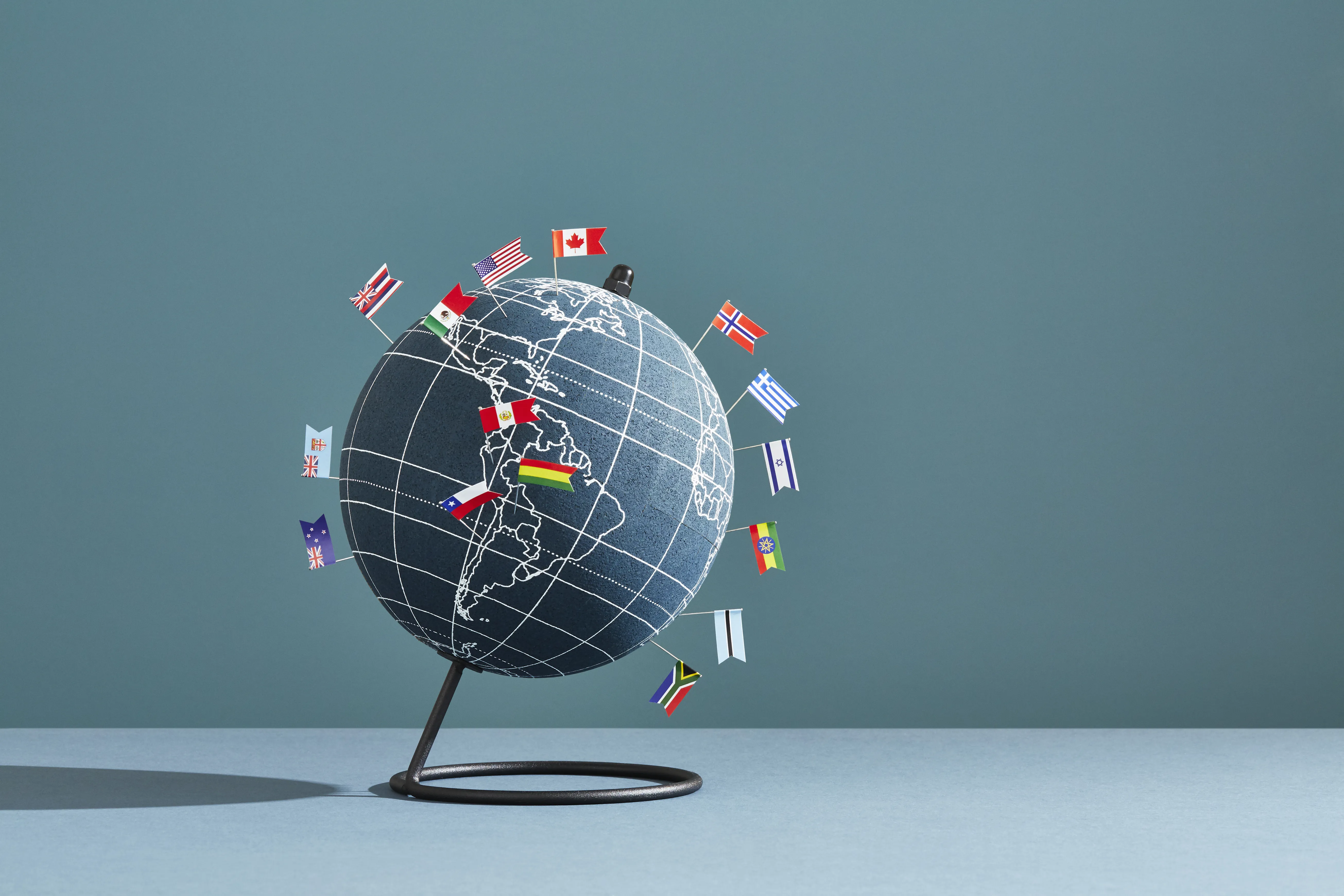Exploring De-Risking Patterns in Global Trade and Globalisation

Understanding De-Risking in Global Trade
De-risking is becoming a fundamental aspect of global trade and globalisation as nations adjust their economic strategies. In the face of rising geopolitical tensions, businesses are re-evaluating their supply chains. This pivotal shift is evident as reliance on certain countries, particularly China, is scrutinized more than ever.
The Role of Supply Chains
The US's dependency on a complex network of intertwined global supply chains highlights the fragility of economic relationships. Factors leading to de-risking include trade wars, sanctions, and the pandemic's lasting implications. Firms are now prioritizing resilience over cost-efficiency, exemplifying this trend.
Strategic Implications
- Shifts in supplier nations impact trade balances.
- Investments in domestic production are on the rise.
- Companies are reassessing their risk exposure.
Conducting Risk Analysis
As we analyze these patterns in global trade and globalisation, understanding risk exposure becomes crucial. Companies must evaluate their supply chains regularly to identify and mitigate potential risks. This analysis ultimately helps businesses sustain operational efficiency amid uncertainties.
Future Outlook
- Increased diversification of supply chains.
- Emphasis on local production.
- Continuous monitoring of global geopolitical developments.
This article was prepared using information from open sources in accordance with the principles of Ethical Policy. The editorial team is not responsible for absolute accuracy, as it relies on data from the sources referenced.